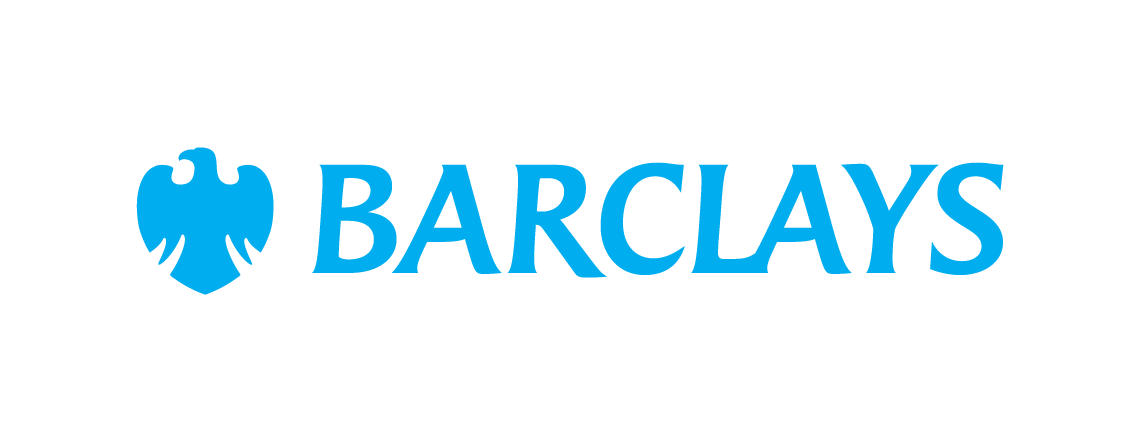Is Google Pay Safe to Use?
With several choices for contactless payments apps, does Google Pay hold its ground when it comes to security and privacy?Image source: Getty Images.
Google Pay, a contactless payment
What is Google Pay and how does it work?
Google recently consolidated its payment services into one unified app, replacing Android Pay and Google Wallet. Google Pay allows Android users to complete and track purchases using their phone. It also allows peer-to-peer payments between family and friends and the ability to store boarding passes and movie tickets.
The payment system is designed to make your checkout process faster and more convenient whether you are at home or on the go. Google Pay can be used online, within apps, and in stores that support Google Pay as a form of payment.
Why Google Pay might be safer than using your card
When you make a purchase online by entering your credit card information, you rely on the vendor to provide adequate security measures that protect you from credit card fraud because you're handing over your credit card information. With Google Pay, your payment information is always encrypted and stored on Google's secure servers.
Google Wallet allows you to store various payment methods, like your credit and debit cards, to speed up your checkout process. Encryption and passkeys are used to safeguard your financial information. This prevents the seller or outside individuals from accessing your information with each purchase.
Most purchases will require you to unlock your phone, with some exceptions for certain small payments. When you make an in-store purchase, Google assigns a temporary unique virtual account number that is shared with the merchant instead of your actual account information. For an added layer of security, Google Pay automatically removes this virtual account number if your screen lock feature is disabled on your device.
How to keep your information safe while using Google Pay
Google Pay has many layers of security to help make your buying experience safe and secure. However, no payment system is completely secure. Here are some tips to take an active role in keeping your information protected
If your phone is lost or stolen, you'll need to take immediate action. Use the "Find My Device" feature on your phone as soon as you realize your phone is missing. You can locate, lock, or erase your information depending on the scenario.
Be aware if you leave your phone unlocked, it can be used by others to make purchases. That being said, the thief won't be able to directly access your financial information since Google Pay doesn't store your actual card information on your phone. Make sure your phone is always locked behind a passcode and biometric identification measure.
Only send money through Google Pay to people or businesses you know. Don't make purchases through public online forums, especially if the seller is exhibiting any suspicious behaviors. The money-sending feature is designed for sending money between friends and family, along with small business transactions. Stick to paying the seller in-person to ensure you receive your items.
It may ease your mind to know that your credit card's fraud protection policy remains in place if you're using a mobile wallet. The best credit cards have zero liability fraud protection.
Google Pay is a great option for making your life a little bit more streamlined with added convenience and security. As with any form of payment, always take extra precautions to safeguard your financial information and immediately report any unauthorized charges.
These savings accounts are FDIC insured and could earn you 11x your bank
Many people are missing out on guaranteed returns as their money languishes in a big bank savings account earning next to no interest. Our picks of the best online savings accounts could earn you 11x the national average savings account rate. Click here to uncover the best-in-class accounts that landed a spot on our short list of the best savings accounts for 2024.
Our Research Expert
We're firm believers in the Golden Rule, which is why editorial opinions are ours alone and have not been previously reviewed, approved, or endorsed by included advertisers. The Ascent does not cover all offers on the market. Editorial content from The Ascent is separate from The Motley Fool editorial content and is created by a different analyst team.
Related Articles
View All Articles
